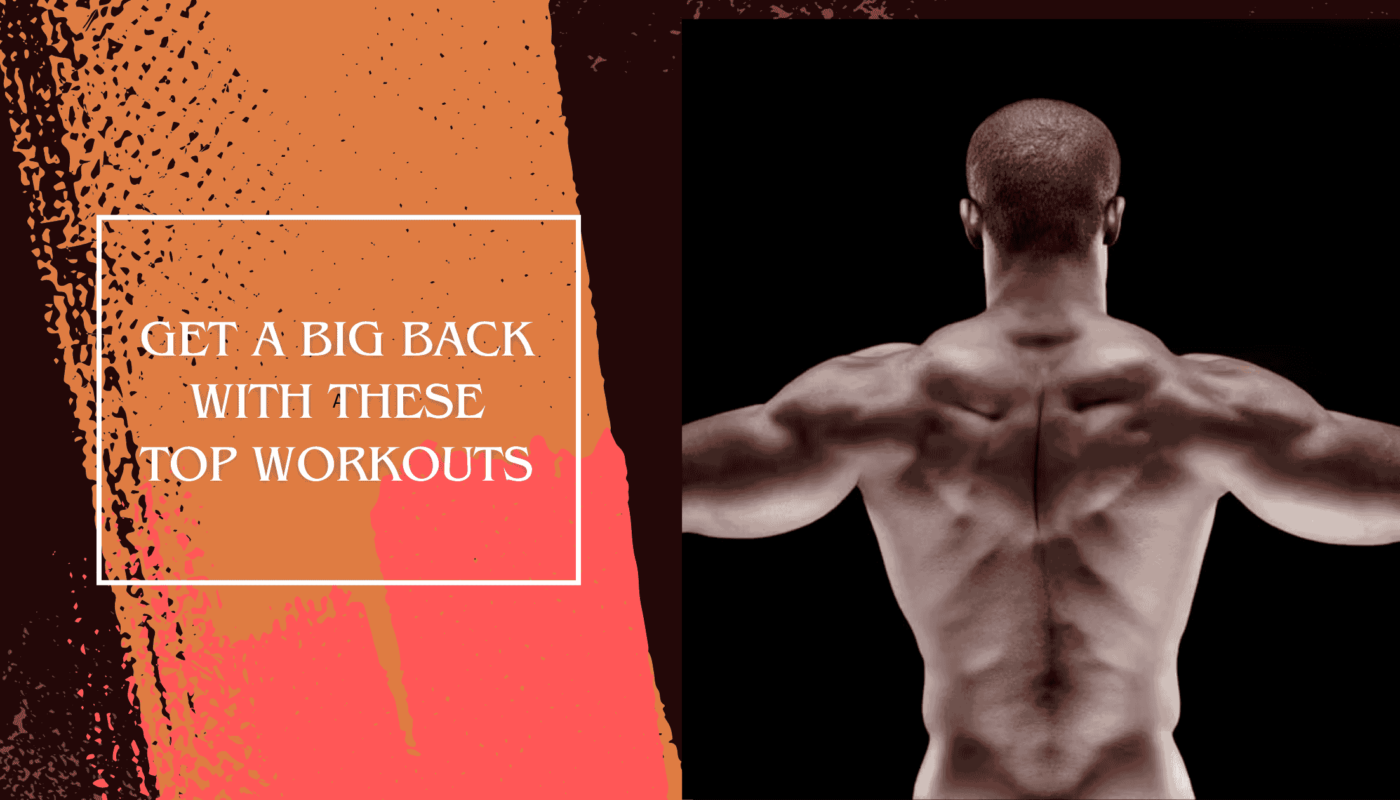Have you ever seen someone with a back that looks like the mountains? Their V-shape and muscle definition are impressive. A big back is key for strength and stability, making you better at lifting. But starting back workouts can be tough for beginners.

This was true for many, from newbies to pros. They found that a big back workout was the secret to their success.
This article will show you how to get a big back. We’ll cover your back’s anatomy and common workout mistakes. With the right approach and dedication, you can get the strong back you want.
Table of Contents
The Importance of Having a Big Back
A strong back is key to overall health and strength. Having a big back is crucial for lifting and looking good. It helps with posture and makes your physique stand out.
Strong back muscles are not just for looks. They also help you lift more safely and effectively. When you do exercises like deadlifts and bench presses, a big back gives you a solid base. This reduces the chance of getting hurt.
Many people suffer from back pain from sitting too much. But, working on your back muscles can help. It keeps your posture right and helps your body move better.
Doing exercises like pull-ups and lat pulldowns targets important muscles. These exercises show how a bigger back helps in everyday activities.
For more info on back health and exercises, check out exercises that boost core strength. A good workout plan is key for a strong back and its many benefits.
Understanding Your Back Muscle Anatomy
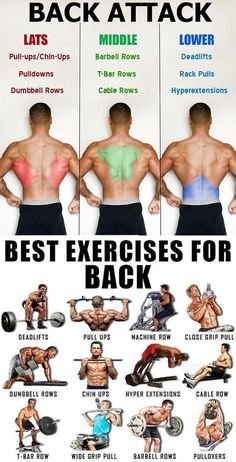
The back is very complex, made up of three muscle layers: superficial, intermediate, and deep. Knowing these layers is key for anyone wanting to improve their workouts. Each layer has a special role in the back muscle anatomy.
The superficial layer includes big muscles like the Trapezius, Rhomboid Major and Minor, and the Latissimus Dorsi. These muscles help with big movements like lifting your shoulders and pulling them back. The intermediate layer has muscles that help with breathing by keeping the chest stable.
The deep layer has muscles like the Erector Spinae, Multifidus, and Quadratus Lumborum. These muscles are key for keeping your posture right and your spine stable. They let you move in different ways and keep your spine in line.
Knowing what each muscle does helps you work out better. For example, the Erector Spinae helps you bend your back, while the Quadratus Lumborum helps you bend your spine to the side. Understanding these muscle groups in back can prevent injuries and keep you balanced.
| Layer | Muscle Groups | Main Functions |
|---|---|---|
| Superficial | Trapezius, Rhomboids, Latissimus Dorsi | Shoulder elevation, retraction, and extension |
| Intermediate | Serratus Posterior Superior, Serratus Posterior Inferior | Breathing, stabilizing thoracic cage |
| Deep | Erector Spinae, Multifidus, Quadratus Lumborum | Spinal stability, posture, movement assistance |
Knowing about the types of back muscles and how they work together can make your workouts better. Make sure to work all muscle groups to get a strong and balanced back. This is important for reaching your fitness goals.
Benefits of Training for a Bigger Back
Training for a bigger back has many benefits that go beyond just looking good. A strong back helps improve your posture, which lowers the chance of getting hurt. It also makes you perform better in exercises like lifting weights.
Working out your back strengthens muscles like the latissimus dorsi, rhomboids, and trapezius. This leads to better function and health.
A study in the Journal of Strength & Conditioning Research showed that 16 weeks of back workouts helped men with long-term back pain. This proves that back training can help with common back pain issues.
Exercises that focus on back muscles can really improve your life. A study in the Journal of Sport Rehabilitation found that deadlifts reduced pain and boosted happiness in people with low-back pain. This shows how important bigger back training is.
There are many exercises you can do to build muscle and get stronger. For example, the lat pulldown works on the latissimus dorsi and trapezius muscles. Adding these exercises to your routine can help you get the most out of back workouts.
| Exercise | Targeted Muscle Groups | Functional Benefits |
|---|---|---|
| Barbell Deadlift | Erector spinae, hamstrings, glutes | Overall back strength |
| Lat Pulldown | Latissimus dorsi, trapezius | Improved shoulder stability |
| Suspended Rows | Latissimus dorsi, rhomboids, core | Increased upper back stability |
In conclusion, back training offers many benefits like preventing injuries, improving performance, and reducing pain. By understanding these benefits, you can get a stronger, more capable back and reach your fitness goals.
Common Mistakes in Back Workouts
Many people make mistakes in back workouts that slow down their progress. One big mistake is ignoring smaller muscle groups. This can cause muscles to grow unevenly. Focusing too much on just a few exercises, like rows and pull-ups, doesn’t fully work the back. This leads to back training blunders that stop growth.
Another big error is lifting weights with bad form. This often leads to injuries that can stop your workout plans. Using too heavy weights also makes you rely on the wrong muscles, making it harder to work out right.
A study showed that using a staggered grip in deadlifts made lifters stronger than with a standard grip. This shows how trying different grips can help build strength. Experts say doing at least four to six sets of exercises like back extensions is key for balanced muscle growth.
Using machines like cable machines helps keep tension steady and works more muscles. It’s also key to do exercises that focus on the lats well. Adding exercises that don’t involve moving your elbows, like straight-arm pulldowns, can really help.
Knowing and fixing these errors when exercising back will improve your performance and growth. Getting a strong back isn’t just about hard work. It’s also about knowing these common mistakes to train your back right.
Top 3 Back Exercises for Massive Gains
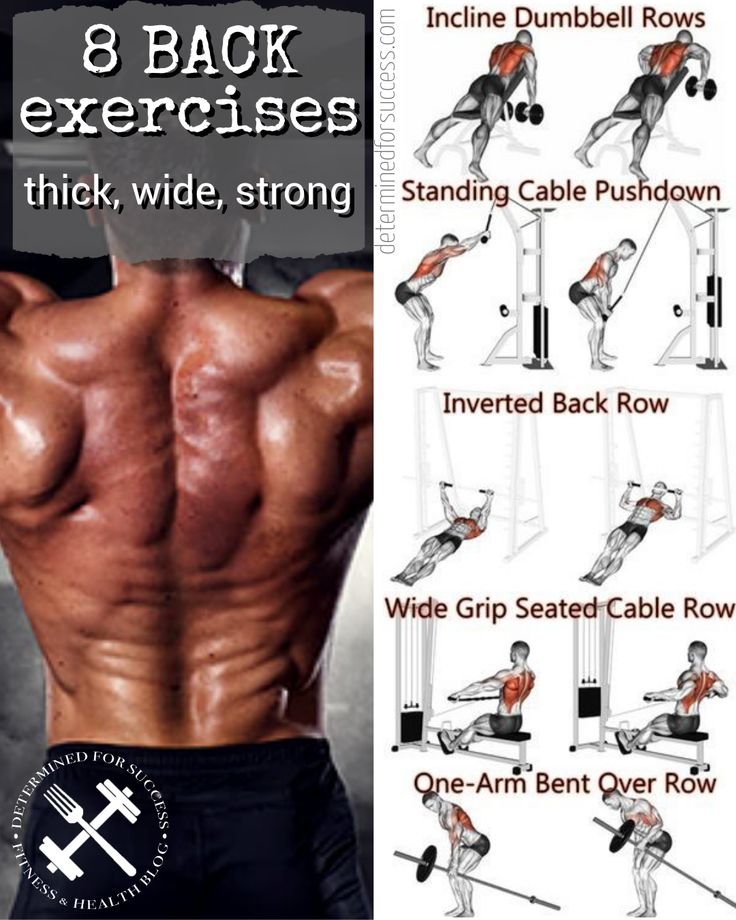
Getting a big back takes hard work and the right exercises. Focusing on key exercises can lead to big gains in back training. Here, we’ll look at three top back workouts that help grow your back muscles.
Barbell Deadlift
The barbell deadlift is a top exercise for building back strength and size. It works many muscles, like the latissimus dorsi, traps, and erector spinae. To get the most out of it, keep your chest up and back straight during the lift.
This exercise helps grow your back muscles and makes your back thicker. It’s a key lift for overall back development.
Pull-Ups
Pull-ups are key for a wider back and a V-shape silhouette. They work the lats, rear delts, and forearms. Trying different grip styles changes which muscles you work, making your workouts more effective.
Adding pull-ups to your routine is great for building back muscle. Do more reps to fully engage your muscles.
Dumbbell Rows
Dumbbell rows focus on the middle and lower traps and balance strength on both sides. Using a flat bench helps keep your form right, making the lift effective. This exercise strengthens and grows your back muscles.
Best Back Workout Programs for Mass
Building a strong back needs a good program that focuses on muscle growth and size. A top back workout plan should mix compound moves, progressive overload, and isolation exercises. This mix helps grow muscles big and ensures strength training is balanced.
Great back programs usually have about six exercises with 20 sets total. They’re made for those who are a bit more experienced and want to add lean muscle. The exercises often use rep ranges from 5 to 15, hitting different muscle fibers. For example, rack pulls might do just 5 reps, while cable rows could go up to 15.
For the best results, training your back once a week is best, especially if you’re at an intermediate level. Those more advanced might train twice a week to keep growing. In intense routines, taking 2–3 minutes to rest between sets is enough to recover well.
Warming up before starting your main exercises is key. Start with five minutes of light cardio to get your blood flowing. Then, do muscle-specific warm-ups for your back and shoulders to get ready for lifting.
Many people forget about back workouts. A strong back is crucial for avoiding injuries and doing exercises like deadlifts and bench presses well. If your back isn’t strong, it can hold back growth in other muscles, slowing down your progress.
- Heavy-Duty Steel Frame: Engineered with 3” x 2” and 2” x 2” 12-gauge steel tubing for unmatched durability and stability…
- Rubber End Caps for Protection: Each foot features encased rubber caps to enhance frame stability and safeguard your flo…
- Multi-Functional Design: Easily adjust the chest pad to target either your abs or back, allowing for versatile core trai…
- 【No Worry Service】Comes with detailed installation instructions, and provides step-by-step guidance video, ensuring an e…
- 【Expertly-Crafted Fitness】Experience a seamless fusion of cutting-edge technology and durable design with this expertly-…
- 【Hassle-Free Installation】Enjoy an easy installation experience with detailed, user-friendly instructions and comprehens…

- Secure, Steady, No Deform: FLYBIRD weight bench is sturdy and stable due to over 20 years of focus on quality; Every com…
- 800 LBS Rock-Solid Weight Capacity: FLYBIRD weight benches for home gym is made of high-strength steel and is designed w…
- Adjust In One Hand: Designed with 8 back and 3 seat positions for full-body workout; You can simply pull the self-resili…

- 【OPTIMIZED MOTION】: Easily sculpt a V-shaped back with our seated row machine! Replicate the traditional pulling movemen…
- 【COMMERCIAL-GRADE MACHINE】: Upgrade to a commercial-grade fitness equipment at an affordable price! With dimensions of 5…
- 【MULTIPLE GRIP HANDLES】: Featuring multiple grip handles that cater to every inch of your back, this leverage seated row…
| Exercise | Sets | Reps | Rest Time |
|---|---|---|---|
| Rack Pulls | 3 | 5 | 2–3 minutes |
| Barbell Rows | 3 | 8 | 2–3 minutes |
| Underhand Grip Pull-Ups | 3 | 8 | 2–3 minutes |
| Cable Rows | 3 | 15 | 2–3 minutes |
| One Arm Dumbbell Row | 3 | 10 | 2–3 minutes |
| Weighted Reverse Hyperextension | 3 | 12 | 2–3 minutes |
Big Back Exercises You Shouldn’t Skip
For a strong back, you need a mix of exercises. The lat pulldown and chest-supported rows are key. They help build strength and muscle in your back.
Lat Pulldown
The lat pulldown targets the latissimus dorsi muscles. It lets you change grip and body angle for better results. This flexibility helps meet your fitness goals and strength levels.
Doing this exercise regularly makes your back wider and stronger. It helps your muscles grow and last longer.
Chest-Supported Rows
Chest-supported rows are vital for a good back workout. They help you keep your form right and avoid extra movement. This exercise focuses on the mid-back muscles.
It builds muscle and strength all over your back. It also makes you more stable and lowers injury risk. Adding this to your routine is smart for a better upper body.
| Exercise Type | Key Benefits | Recommended Sets/Reps |
|---|---|---|
| Lat Pulldown | Targets lats, enhances width, promotes growth | 3 to 4 sets of 8 to 12 reps |
| Chest-Supported Rows | Minimizes momentum, focuses on mid-back, reduces injury risk | 3 sets of 8 to 10 reps |
Adding these exercises to your routine will help you build a strong back. Your back will look great and be powerful.
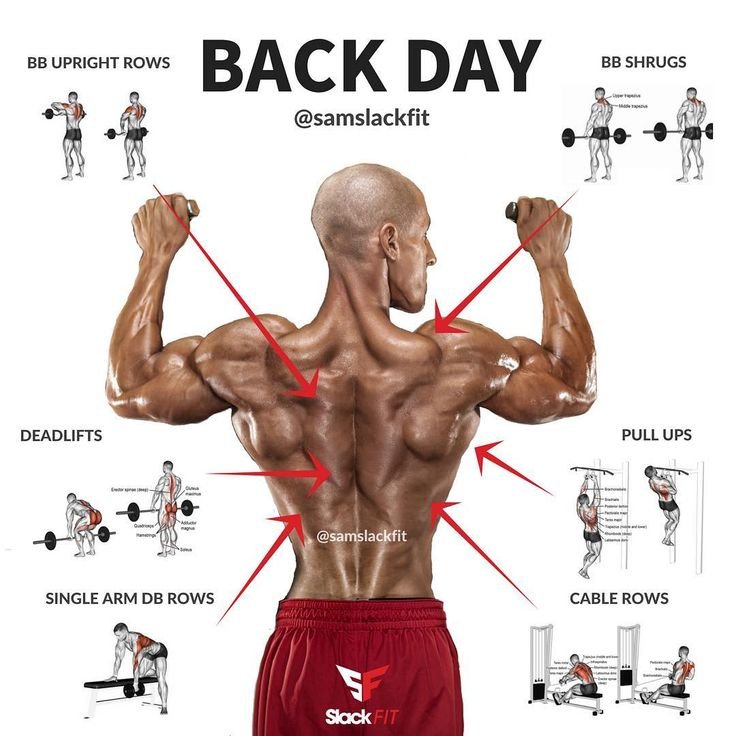
How to Build a Strong V-Shape Physique
To build a V-shape physique, focus on growing muscles and getting definition. A strong back, broad shoulders, and a slim waist are key. Add different exercises to your routine to boost your upper body and core strength.
Here are some effective strategies for your V-shape workout:
- Weight Training: Do compound lifts like deadlifts to work your back muscles. This helps create the desired width.
- Pull-Ups and Chin-Ups: These exercises help increase muscle width and thickness. Do a total of 40 reps, adjusting sets based on how tired you feel.
- Overhead Press: This exercise targets your deltoids, important for broader shoulders. Do 4 sets of 6-10 reps.
- Lateral Raises: This move targets lateral deltoids, adding to shoulder width and helping your V-shape goals. Do 3-4 sets of 12-15 reps.
Nutrition is crucial for muscle growth. Make sure you eat enough calories to support muscle growth. The average gym user might need an extra 500 calories a day for muscle gain.
| Exercise | Sets | Repetitions | Focus |
|---|---|---|---|
| Deadlifts | 5 | 5 | Overall back development |
| Pull-Ups | 3-4 | As needed for 40 reps | Width and thickness |
| Overhead Press | 3-4 | 6-10 | Shoulder development |
| Lateral Raises | 3-4 | 12-15 | Shoulder width |
| Arnold Press | 3-4 | 8-12 | Shoulder muscle |
Regularly check your progress by looking at body composition metrics. Stay consistent and focused to efficiently and effectively build a V-shape physique.
Wider Back Workouts to Incorporate
Wider back workouts are key for athletes wanting a V-shaped physique. They focus on isolating back muscles and overloading exercises. Use stretching techniques for maximum effectiveness and muscle engagement.
Key exercises that expand back width include:
- Wide-Grip Pull-Ups: These emphasize the lats over biceps, making them an essential addition to any routine.
- Dumbbell Pullovers: This exercise efficiently stretches the lats while promoting width.
- Lat Pulldown Machine: Various setups can target different areas of the lats, maximizing development.
- Barbell Rows: Incorporating wide grips here can help develop thickness along with width.
When planning your back workouts, pick 4 to 5 exercises per session. Do 3 sets of 6 to 10 reps, resting for 2 to 3 minutes between sets. Start with major lifts like the deadlift to improve back thickness, width, and strength.
Good nutrition is key for muscle growth. Make sure you get enough protein with your back exercises. Adding wider back workouts to your routine can make a big difference. Many people see strength gains after focusing on lat-targeted workouts.
| Exercise | Primary Target Area | Muscle Activation Comparison |
|---|---|---|
| Wide-Grip Pull-Ups | Latissimus Dorsi | High |
| Dumbbell Pullovers | Upper Lats | Moderate |
| Lat Pulldowns | Lower Lats | High |
| Barbell Rows | Middle Back | Moderate to High |
These wider back exercises will boost your back size and improve overall health. They reduce back injuries and increase strength and endurance. Aim for a balance of resistance training, nutrition, and rest for the best results.
Key Tips for Effective Back Workouts
To get the most out of your back workouts, focus on key details. Good form in back training helps work your muscles better and lowers the chance of getting hurt. Using a mix of exercises makes sure you hit all the key back muscles.
Focus on Form
Good technique is crucial for every exercise. It helps work your lats, traps, and lower back well and keeps you safe. If you’re not sure about how to do an exercise, ask a trainer for help.
Mix Up Your Routine
Keep your workouts interesting by changing them up. Try different back exercises to avoid boredom. Adding supersets or changing rep ranges can make your workouts more effective. This challenges your body and helps your muscles grow.
Best Bodyweight Exercises for a Bigger Back
Bodyweight exercises are a great way to make your back bigger without weights. They help build strength, endurance, and stability. Adding different bodyweight exercises to your routine can make your back training better.
- Inverted Rows: 3 sets of 8 to 10 reps
- Pull-Ups: 3 to 4 sets of 6 to 10 reps
- Superman Variations:
- Superman: 3 sets of 12 to 15 reps
- Y Superman: 3 sets of 12 to 15 reps
- W Superman: 3 sets of 12 to 15 reps
- T Superman: 3 sets of 12 to 15 reps
- Pullup Superman: 3 sets of 12 to 15 reps
- Reverse Fly: 3 sets of 12 to 15 reps
- Rear Delt Raise Plank: 3 sets of 10 reps per arm
- Y Raise: 3 sets of 12 to 15 reps
- Lying Back Press: 2 to 3 sets of 10 reps
- Hand Walk: 2 sets of 10 reps
- Backward Lunge With Twist: 2 sets of 10 reps
- Sliding Leg Curl: 2 sets of 10 reps
- One-arm, One-leg Plank (Bird Dog): 2 sets of 10 reps per side
- Half Locust: 2 sets of 10 reps
- Pushups: 2 sets of 10 reps with a 60-second rest between sets
Doing these exercises regularly can really help with bodyweight back training. With hard work and sticking to it, you can see big improvements in your back. This is key for getting a well-defined look.
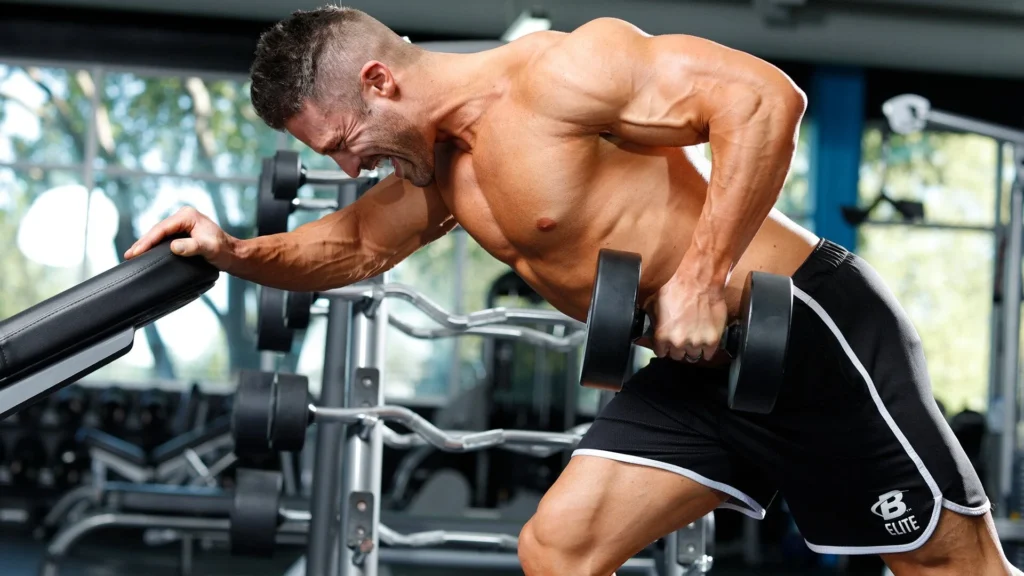
How to Get a Massive Back with Resistance Bands
Resistance bands are great for working out your back at home. They help you get fit without needing a gym. These bands keep tension on your muscles during exercises, which is good for building strength and tone.
Adding resistance band exercises to your workout is a smart move. It helps define your muscles and boosts strength. Some top exercises to try are:
- Bent-over rows
- Reverse flies
- Lat pulldowns
- Face pulls
- Single-arm rows
Do 3 exercises twice a week to see results. Start with 2 sets of 10 reps, then move to 3 sets of 12-15 reps. This will help you get stronger and look better in a few months.
There are different types of resistance bands available. You can find bands with handles, superbands, and mini bands. Each type has various resistance levels, making them suitable for all fitness levels.
Resistance bands are great for back workouts. They help increase muscle contractions and promote growth. They let you work out your back from different angles, which is key for a big back without a gym.
Make sure to keep good posture during exercises. Keep your shoulders back, back straight, and core engaged. This helps with effective back workouts and lowers the risk of getting hurt.
Powerlifting Techniques for a Bulky Back
Using powerlifting back techniques can really change the game for those wanting to build a stronger back. Exercises like the squat, deadlift, and bench press are key. They help build muscle in the back and work many muscle groups, making you stronger overall.
Adding extra exercises is important to get the most from these main lifts. It’s key to pick exercises that match your strengths and weaknesses. This helps improve your weak spots and boosts your powerlifting skills.
The deadlift is a top exercise for building a strong back. It works every muscle from the latissimus dorsi to the rhomboid minor. Adding exercises like the Reverse-Grip Bent-Over Row can make your upper back stronger and wider. The T-Bar Row and Pendlay Row also focus on different parts of back training.
Here’s a table with exercises, sets, and reps for a great back workout:
| Exercise | Sets | Repetitions |
|---|---|---|
| Barbell Deadlift | 3 | 8-12 |
| Reverse-Grip Bent-Over Row | 3 | 8-12 |
| T-Bar Row | 3 | 8-10 |
| Pendlay Row | 3 | 6-10 |
| Kirk Shrugs | 2 | 8 |
| Towel Chin | 3 | Max Reps |
Adding exercises that focus on the lats, like the Chest-Supported Row, helps with muscle growth. Mixing main lifts with targeted exercises is key for a strong back. This approach not only looks good but also boosts your lifting performance.
How to Get a Big Back at Home
Getting a big back at home is totally doable with the right methods and dedication. Use bodyweight exercises and simple tools like resistance bands to work your back muscles. A good workout plan should include pull-ups, inverted rows, and other key exercises. This way, you can grow your muscles without needing a gym.
A good home workout for your back should have five key exercises. Do 4 sets of each, with reps from 12 to 8. Great exercises are wide-grip pulldowns, T-bar rows, and barbell rows. Also, try plate-loaded seated rows and deadlifts if you have enough space.
Focus on proper form and technique in your workouts to work all your back muscles well. Using your hands as “hooks” during pulls helps improve your muscle connection and lessens grip strength use. Adding exercises like the Single-Arm Dumbbell Row and Lat Pull-Down makes your back routine complete. With regular practice, you can build a strong back even without a gym, achieving that big back you want at home.

